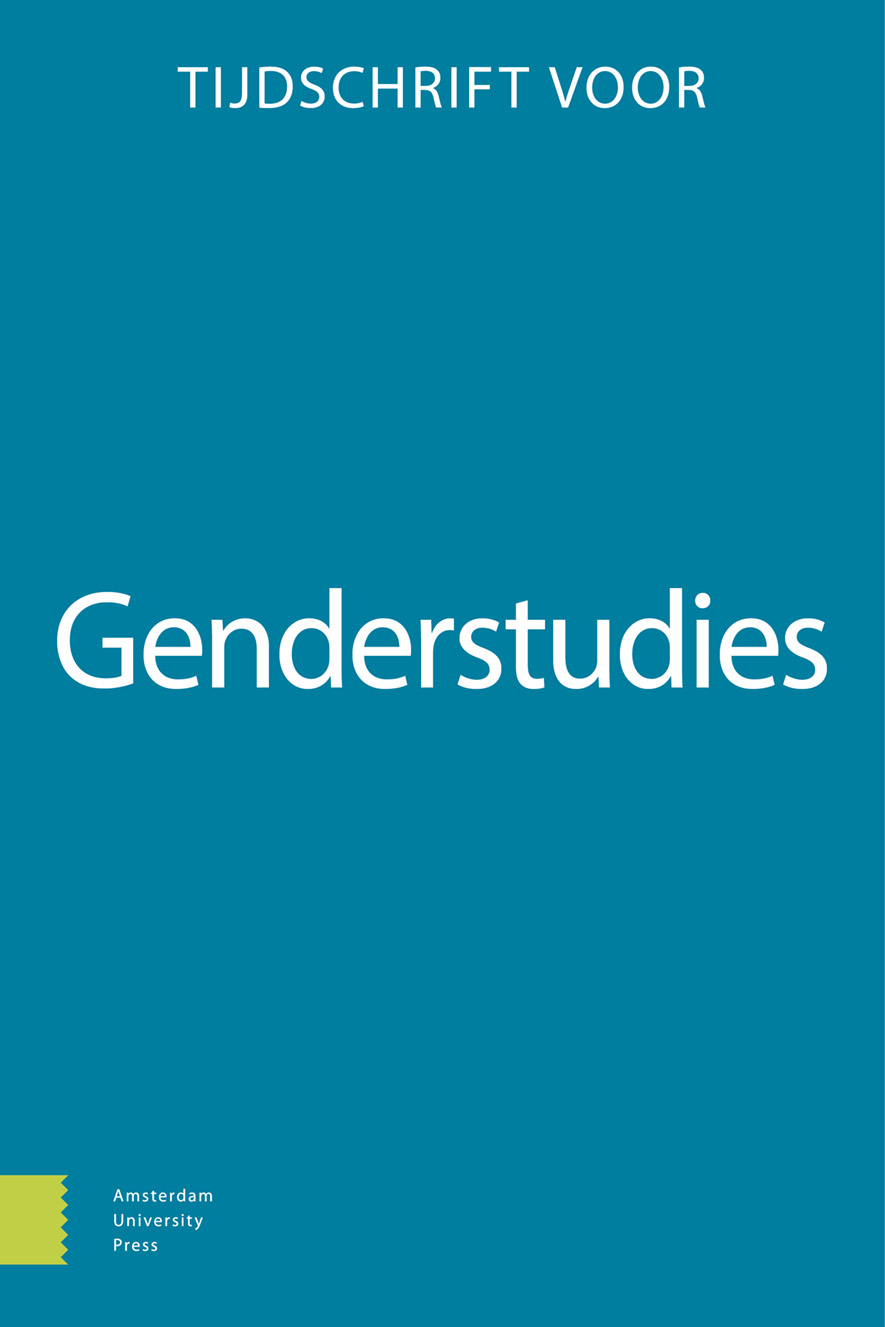-
oa ‘Are you at the correct concert?’
The mental weighing of gender and race-ethnicity in rock music reception
- Amsterdam University Press
- Source: Tijdschrift voor Genderstudies, Volume 22, Issue 1, May 2019, p. 49 - 65
-
- 01 May 2019
Abstract
In this article, I combine insights from cognitive and cultural sociology to assess how gender and ethno-racial inequality is maintained through processes of everyday association grounded in shared mental schemes. Rock music – a form of cultural production and reception dominated by white men – is an interesting case study to dissect this process because its connotations of symbolic whiteness and masculinity have remained relatively invisible or ‘unmarked’. Based on 27 interviews with rock scene participants in the Netherlands and the United States, I examine how actors invested in rock music culture become cognitively socialised in optical communities in which shared mental schemes provide frameworks to assess scene participants’ legitimate membership. In this process, some aspects are given more mental weight than others, resulting in the maintenance of inequality. The analysis demonstrates that women and/or people of colour entering the scene are delegitimised based on an assortment of marked attributes, which are given varying amounts of mental weight. Generally, gender is attended to more often and quicker than race-ethnicity, but it is race-ethnicity that is given more mental weight in the legitimation of a participant’s presence.


